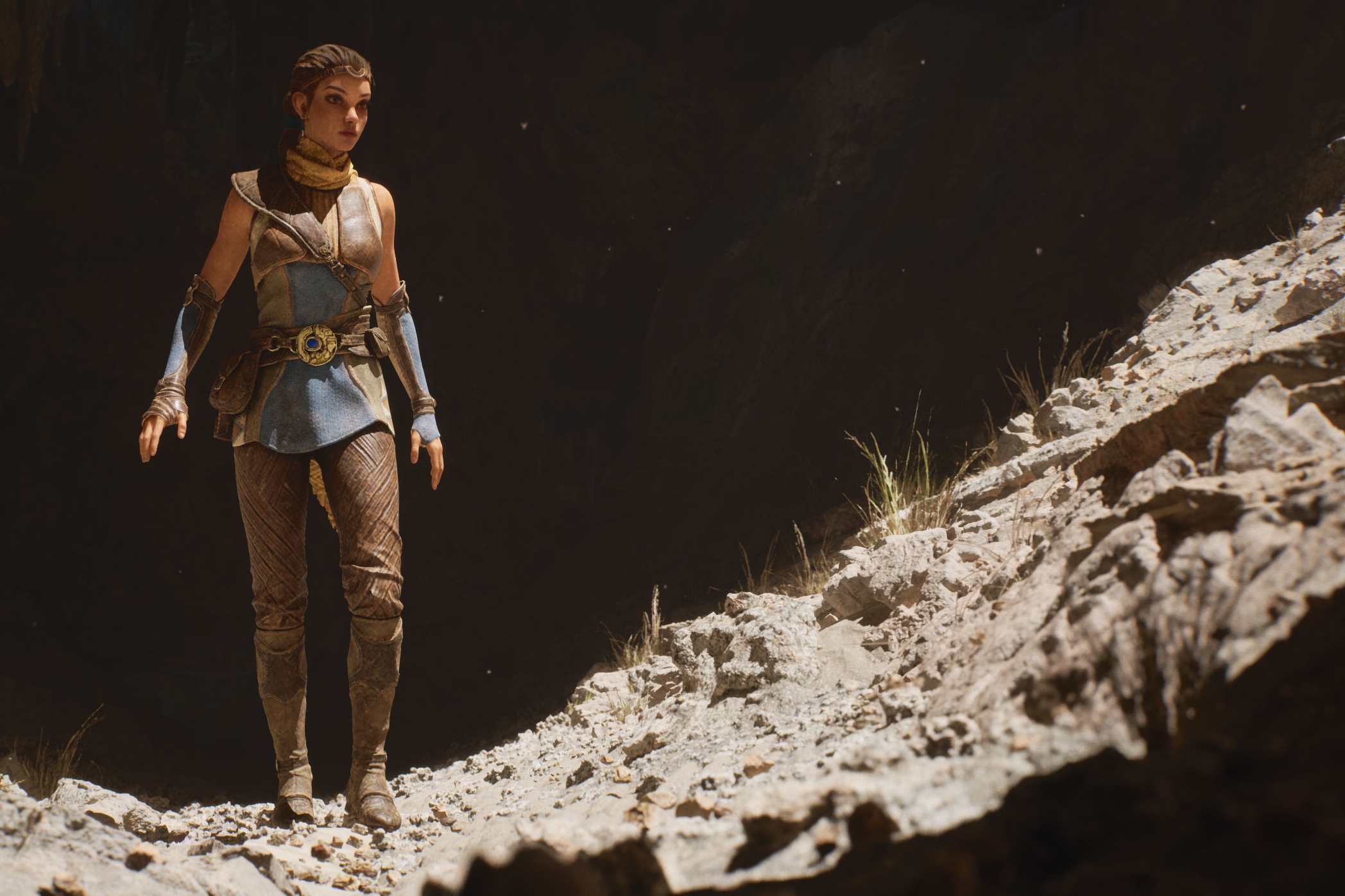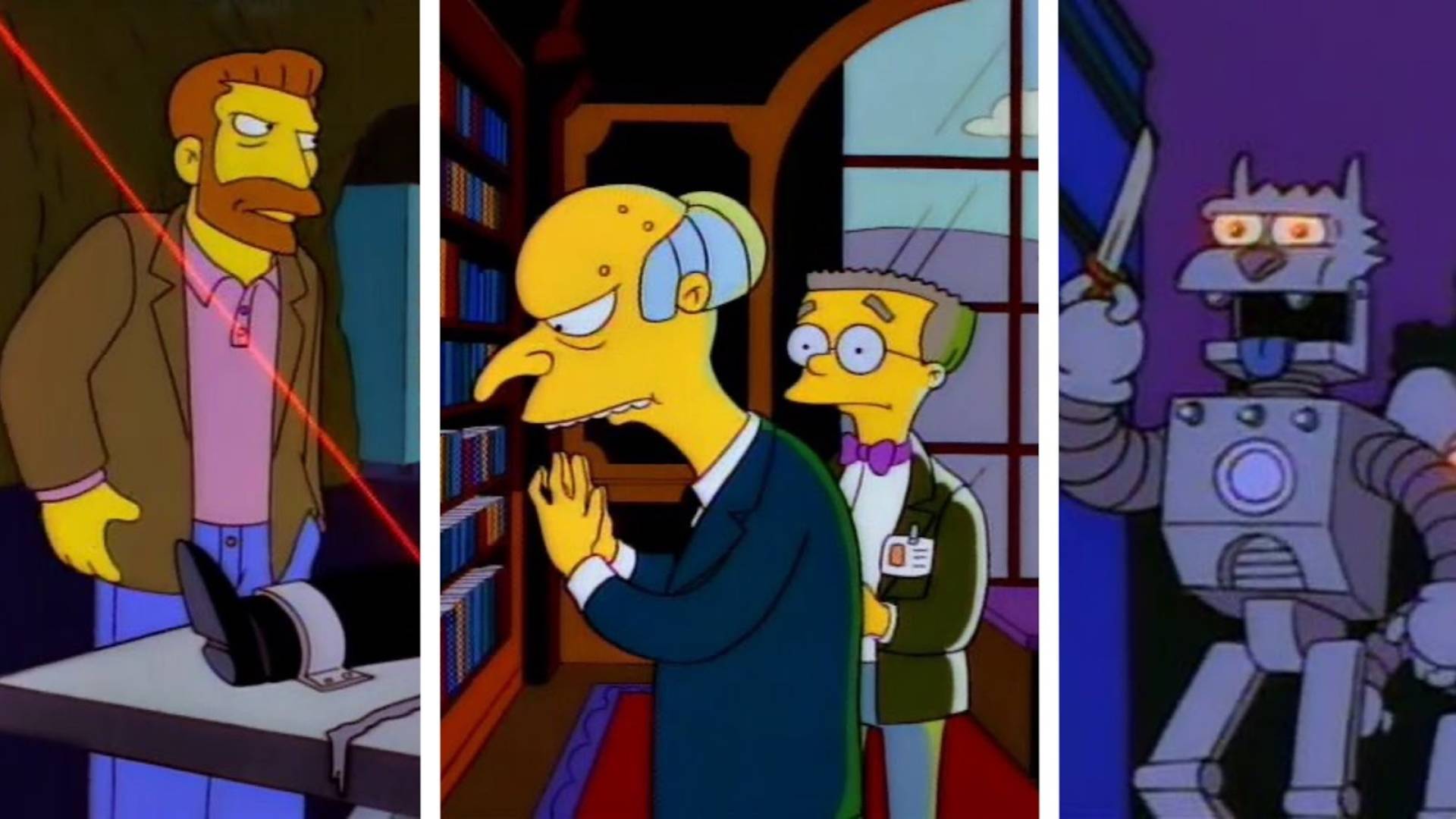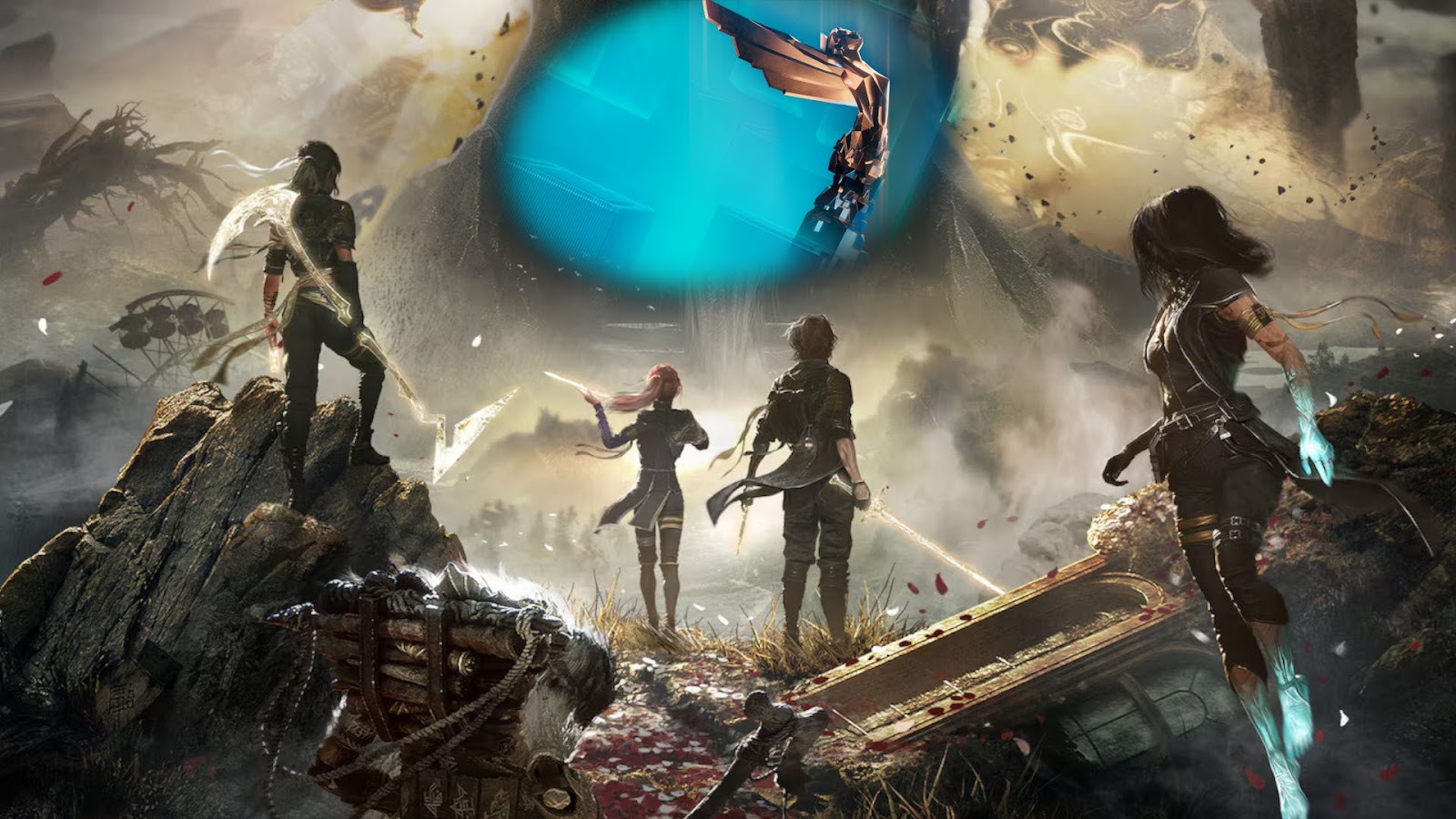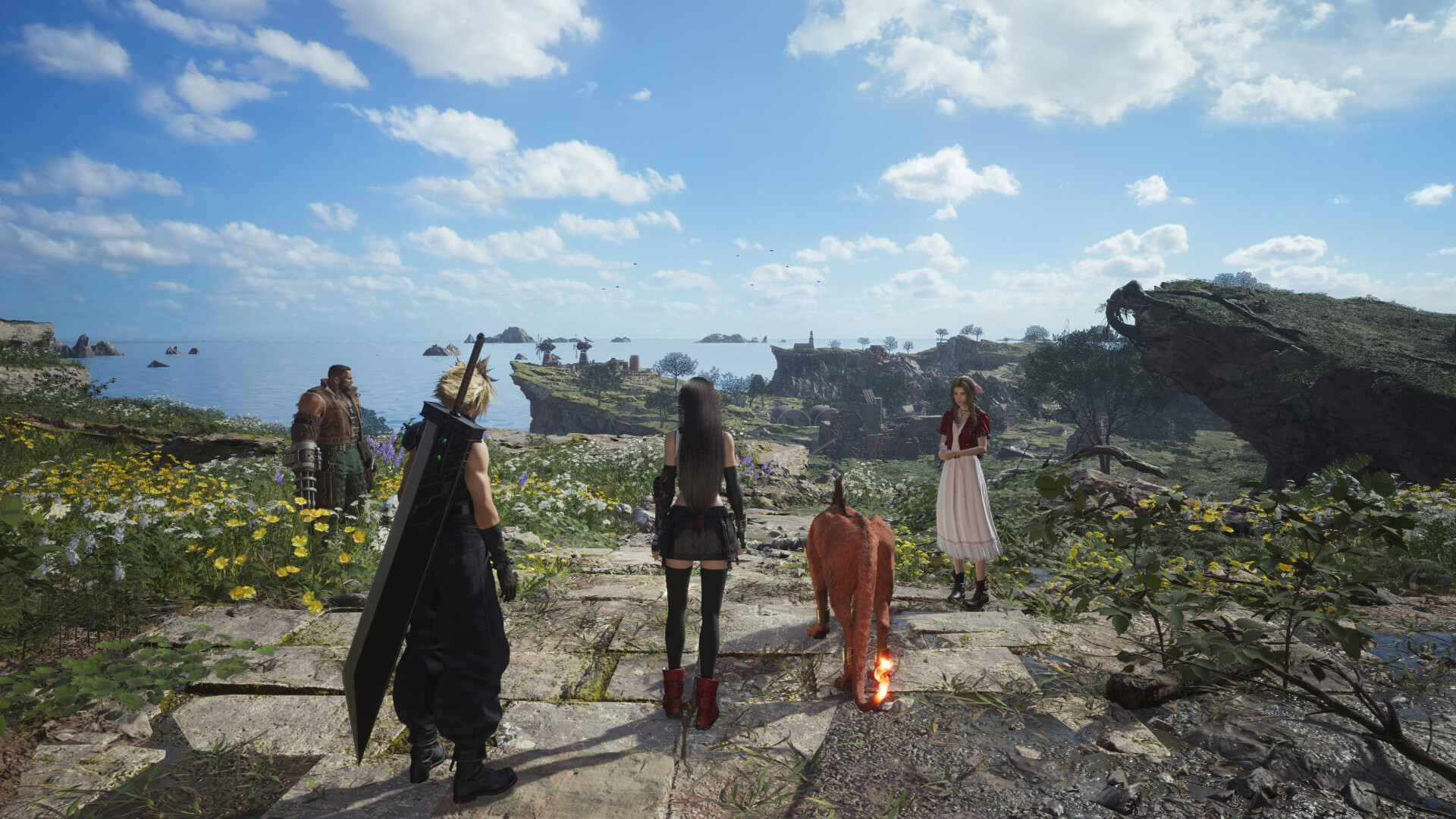You can trust VideoGamer. Our team of gaming experts spend hours testing and reviewing the latest games, to ensure you're reading the most comprehensive guide possible. Rest assured, all imagery and advice is unique and original. Check out how we test and review games here
In lieu of an actual summer—pleasantly fitted with barbeques and boozy evenings, with stretches of sun-brained indolence—The Game Awards, propelled by its host and producer, Geoff Keighley, is offering a compensatory spectacle: the Summer Game Fest programme. So far, the plan seems to be to serve us with daily bursts of brightening news. On Tuesday, the video game world came grinding to a grinning halt, before immediately flipping out, at the announcement that the first two Tony Hawk’s Pro Skater games are receiving remasters. Just before the news officially broke, it was stylishly leaked by the man himself. Mr Hawk let slip the news via text message, as if invoking—along with the promise of Pop Shuvits and Ollies aplenty—the bygone epoch of top-up cards and credit to which those games belonged.
Tuning in yesterday, to the reveal of Unreal Engine 5—running, we were told, on a PlayStation 5—yielded different feelings. I wasn’t sure whether to widen my eyes in glassy astonishment, as is the custom with these sorts of things, or to take out a text book and prepare to enter the next generation of graphical power as I once did my maths lessons: with a starched and bewildered blend of awe and apprehension. The tech demo that we were shown was entitled “Lumen in the Land of Nanite,” named for the two new technologies powering the engine: Lumen, which was described as “a fully dynamic global illumination solution,” and Nanite, a “virtualized micropolygon geometry,” which governs the crunchingly realised rock in abundance throughout. (The briefing sounded like the Book of Genesis brought to you by Silicon Valley: And God said, “let there be a fully dynamic global illumination solution,” and there was Lumen.)
The demo, set in a desert, features a woman clad in leather and cloth—the pleasing flap and sway of which is accurately simulated by the Chaos physics system. She shimmies and clambers through the ruins of a treasure-crammed temple, which seems to have been carved from the surrounding cliff. Lara Croft would be envious, not least of this woman’s supernatural gifts—she can summon an orb of light at will, no batteries required, and in one moment, towards the end, she takes flight (why she bothered with all the climbing I don’t know). Stopping to inspect a statue, we are given an array of assurances with a near-ethical ring, the way our consciences are cooled by guarantees of free range, organic, and E number-free food. This statue, which consists of “more than 33 million triangles,” was made with “no baking of normal maps” (thank God), was “imported directly from ZBrush” (I would expect nothing less), and that there were “no authored LODs” (it’s about time!).
Of course, the presentation was pitched not only at the general public, over whose heads such luxurious jargon will likely waft, but at developers—those devoted souls to whom it will fall to forge all this triangle-borne beauty. In an interview with Engadget, Tim Sweeney, the CEO of Epic Games—the company behind the Unreal Engine—said, “Nanite frees developers from having to worry about polygon count,” and that it “frees artists to create as much geometric detail as the eye can see.” Such shackle-busting rhetoric leaves us with the enduring image of the developers of the world raising their wrenches in liberated triumph. (Though, I wonder how many heads at Naughty Dog were smirking at some of the proclamations made in the video; as the heroine rests her hand on a door, for instance, we are informed of the newly added “ability to trigger seamless contextual animation events, like her hand on the door.” Only, I’m sure I saw that in an Uncharted game about a decade ago.)
It’s the gulf between consumer and creator that accounts for the mildly underwhelming feeling that settled in the wake of all the visual wonderment. When a sufficiently fluttery colony of bats flits past, and we are notified that it was created with the Niagara VFX System, and, what’s more, that “particles in Niagara can now talk to one another and understand their environment,” I couldn’t help but think: they look like bats. Giving particles the power of echolocation doesn’t make them any more batty. Likewise, mention of “predictive foot placement and motion warping” (incidentally, a perfect description of the moonwalk) is surely manna from heaven for those behind the artistic curtain, but for me it looked like nicely rendered rock climbing. For this, I’m certain that I will be marked as an amateur, my critical credentials shredded and cast to the wind.
This is not to say that I wasn’t wowed; one can only be impressed with the sweat, along with the “over a billion triangles of source geometry,” in every frame. And when, at one point, we are asked, “What does that many triangles look like?” we can only respond with, “reality.” Or, at least, as close to it as we could want, given that reality looks low-budget when its up against the sumptuous realms of unreality now available.
But the question that we might be moved to ask is: Why? To what purpose are all these triangles employed? The answer offered during the demonstration was, “All of this adds up to a more immersive experience.” I’m not so sure. Since yesterday, it isn’t the Lumen nor the Nanite that has captured my imagination; it’s Lumen in the Land of Nanite. I have been wanting to play as the woman in those gloomy caverns—to use her powers, to find out what she’s after, where she’s going. The truth is, sadly, nowhere. Her world was whipped up purely as a showcase, shirking the weight of context. In our ceaseless surge towards ever more vibrantly rendered pastures, it only gets easier to forget the Why—to forget that its the ideas under the images that really matter. At the end, just as the ideas have hooked me, I realise it’s too late. She steps into a portal of rippling blue and says, “it’s time to see what’s next.”










